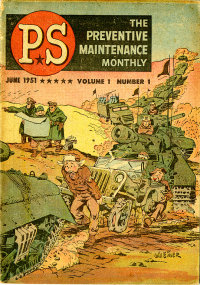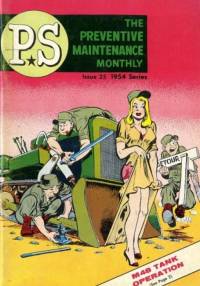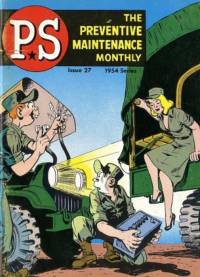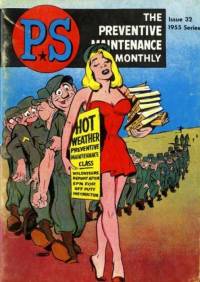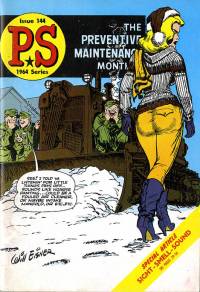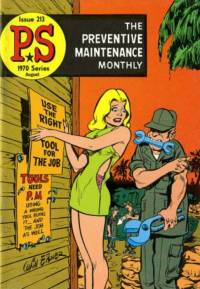−Table of Contents
How to Create Effective Procedures
In order for procedures to be effective, users must read them. And in my experience, the vast majority of quality procedures and Work Instructions are both poorly written and boring. How can you change that? By writing procedures that engage the reader.
Ensure Sufficient Detail
A great video, from Josh Darnit (Yes. That's his real name), is the “Exact Instructions Challenge”.
An important part of “standardized work” is having detailed instructions. EVERYONE creating a procedure or work instruction should be required to watch this entertaining video.
Click to load this video. Your IP address and possibly other data will be transferred to www.youtube-nocookie.com.
Engaging the Reader
An effective procedure MUST engage the reader.
The "Tiger I" User Manual - 1943
Introduced in August 1942, the German “Tiger” Tank was the most expensive and most powerful tank in the world. The German technical writers recognized that coaxing the young men crewing these tanks to read a boring/dry technical manual would be a challenge. So understanding the interests of young male tank crews (their audience), the German technical writers turned their thick and boring tank manuals for “Tiger” & “Panther” tanks into a “Popular Science”/“Playboy”/“Comic book” combination. Download the “Tiger I” User Manual - 1943: Die Tigerfibel 1943, (The "Tiger" users manual - 1943
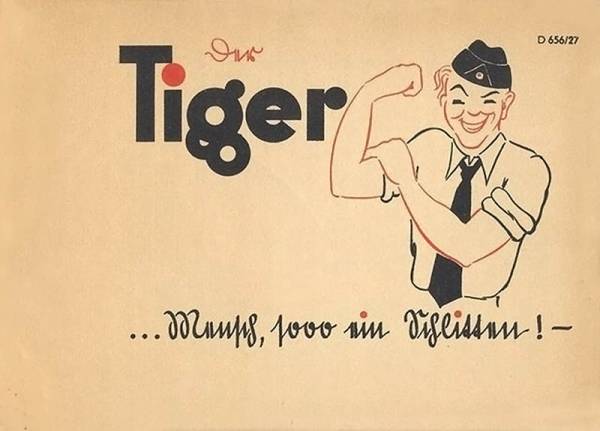
These manuals proved to be so popular, that they were even translated into the Russian language and read throughout the Soviet Army tank corps!
Now if you think that this would never be acceptable in today's “politically correct” environment, you're missing the point… which is to find out what interests your audience and engage them.
US Army - "PS, The Preventive Maintenance Monthly"
Adopting the comic book-style art to illustrate proper preventive maintenance methods, the US Army began publishing the “PS, The Preventive Maintenance Monthly” as a series of technical bulletins in June 1951. The magazine's title derives from its being a “postscript” to technical manuals and other published maintenance guidance. While the magazine has changed over the decades, as of January 2020 it is now only distributed electronically.
The entire series has been converted to pdf and is available at: https://www.nsncenter.com/Library/PSMagazine and/or http://psmag.radionerds.com/index.php/Index_by_issue
The Manga Guide to...
Taking this comic book-style art approach into the non-military sector, “The Manga Guides” (マンガでわかる, Manga de wakaru) is a series of educational Japanese manga books. Each volume explains a particular subject in science or mathematics. The series is published in Japan by Ohmsha and in America by No Starch Press. Different volumes are written by different authors, but with the same manga style.
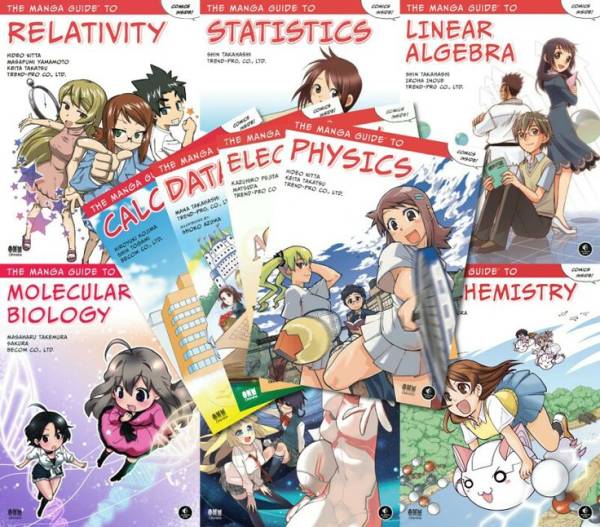
One of my AS9100 consulting clients was having difficulty understanding statistical sampling.
AS9100, sec. 8.5.1 “Control of Production and Service Provision”
Controlled conditions shall include, as applicable:
c. the implementation of monitoring and measurement activities at appropriate stages to verify that criteria for control of processes or outputs, and acceptance criteria for products and services, have been met;
2. ensuring that when sampling is used as a means of product acceptance, the sampling plan is justified on the basis of recognized statistical principles and appropriate for use (i.e., matching the sampling plan to the criticality of the product and to the process capability).
The client was a fan of anime and manga. So I introduced him to “The Manga Guide to Statistics”, which he thoroughly enjoyed. Where other approaches and methods had failed, “The Manga Guide to Statistics” quickly succeeded in helping him grasp the concepts he needed in order to understand and adopt the recognized statistical principles that were most appropriate for his use.
